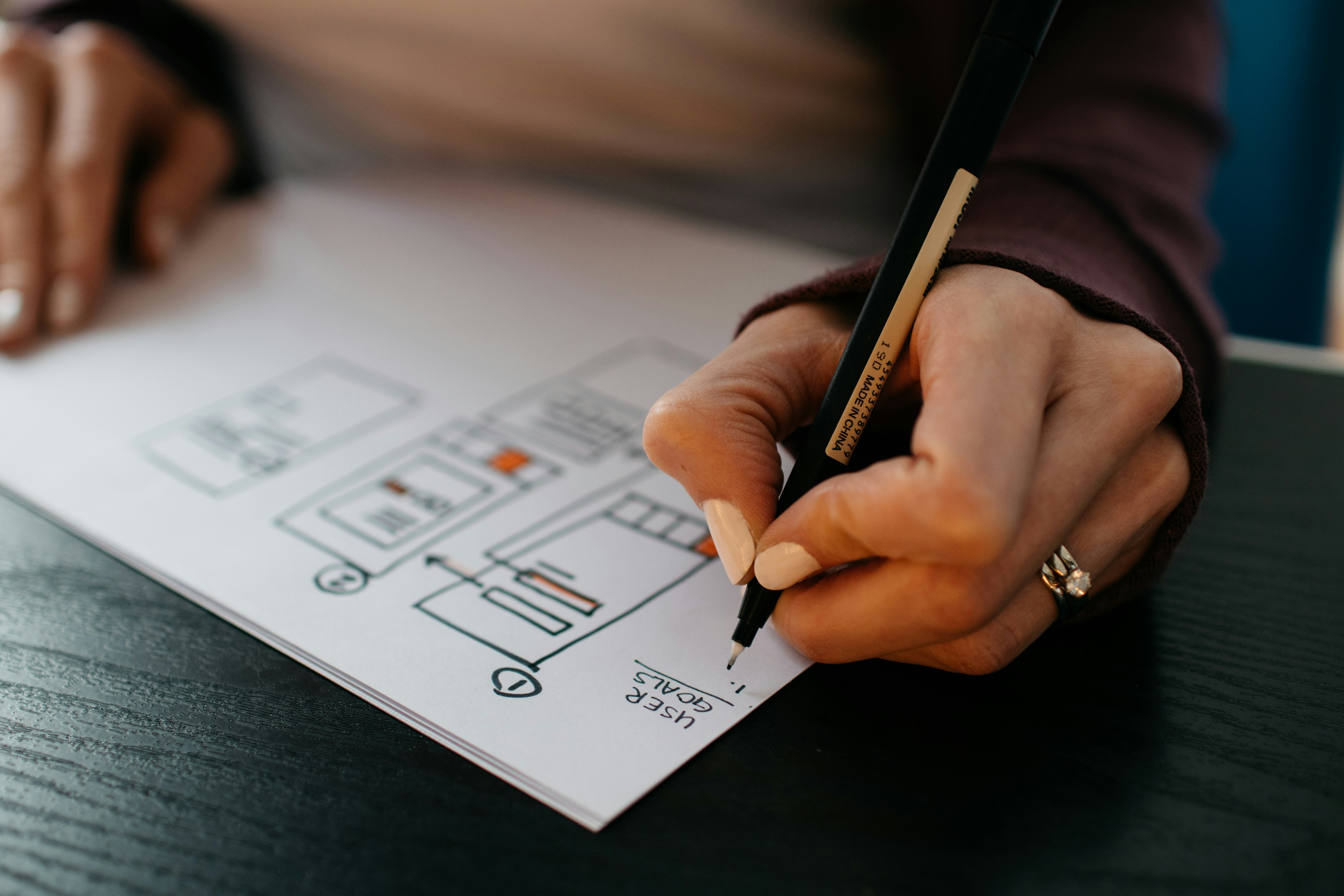Oct 28, 2022
6min read
The Art and Science of UI/UX Design
Great design requires balancing creativity with critical thinking and data-backed insights to solve real user problems. Here’s why UI/UX design is a key driver in business success and why it’s at the heart of everything I create.
The Hidden Psychology in Great Design
User behavior is at the core of effective design. By understanding cognitive psychology principles—like Hick’s Law, which posits that decision time increases with choices, or Fitts’ Law, which guides button placement for ease of access—designers can create intuitive experiences that feel natural to users. It’s about aligning user goals with business goals, ensuring that each design choice serves a clear purpose. Research shows that 88% of online consumers are less likely to return to a site after a bad experience, which shows the critical role of well-designed interfaces.
Beyond Usability: Creating Delight and Building Trust
Good UX isn’t just functional; it’s delightful. Users should feel at ease, empowered, and maybe even a little surprised by the elegance of a seamless interaction. This positive emotional connection builds loyalty—an increasingly rare asset. By incorporating micro-interactions, responsive feedback, and personal touches, we create an experience that isn’t just usable but enjoyable. According to Forrester Research, a well-designed user interface could increase conversion rates by up to 200%.
The Data-Driven Side of UX: Why Design Decisions Aren’t Just Guesswork
While creativity is at the core of design, every choice I make is backed by research and data. From usability testing and A/B testing to heatmaps and user interviews, these insights inform design decisions that genuinely address user pain points. Data-driven iterations ensure that the user journey is continually refined to meet changing needs.
For instance, studies show that 47% of users expect a website to load in two seconds or less—and bounce rates increase sharply after that. To meet these expectations, I focus on performance-optimized design, intuitive navigation, and minimalistic interfaces that load fast and feel effortless.
Continuous Learning: Staying on the Cutting Edge of UX Trends
In the fast-evolving field of UI/UX, staying updated is essential. I continually explore emerging trends, from voice-activated interfaces to accessibility advancements, to ensure my designs are both modern and inclusive. An inclusive design is a competitive advantage, as one in five people have a disability affecting how they interact with technology.
In Conclusion: Crafting Experiences that Make a Difference
UI/UX design is about more than creating something visually appealing; it’s about crafting meaningful, engaging experiences that solve user problems while driving business outcomes. For me, it’s a balance of creativity and strategy, empathy and precision.
With every project, I’m committed to putting users first, because a well-designed experience doesn’t just look good—it feels right.

